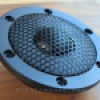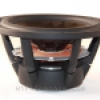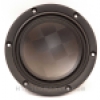HiFiCompass
Pharaoh-AMg
Project evolution
The summer has past very quickly and four months separate us since the first Pharaoh project publication. From that time a few important changes have happened around the project that led to its evolution:
- The BlieSMa company have issued its second product - the tweeter T34B-4. That tweeter have the same construction as T34A-4, except the dome profile and material. The membrane of the new tweeter made of beryllium and has more shallow profile. Of course, such changes could not but affect both the objective technical and subjective characteristics, so we decided to test the new product in our project. This entailed the branching of the project and the assignment to all of Pharaoh modifications based on aluminium-magnesium tweeters of the "AMg" index in the title (not to be confused with the Mercedes-AMG
 ) and the "Be" index for the beryllium tweeter version.
) and the "Be" index for the beryllium tweeter version. - Inspite very good results gotten during designing of the very first version of Pharaoh, the idea of realization of bands summing by a crossover having more shallow slopes had not been giving us a rest. Various options to reach the aim were tried out and in the end it was possible to get a bit asymmetric type with acoustical slopes from second to third order .
In the early stage of the development of the first Pharaoh version, as usual, different kinds (crossover frequencies, slope orders, types of alignment) of crossing using DSP and bi-amping setup were tested. Subjective results were in favor of lower crossing orders as they provided a wider range of mutual work of the speakers, that is, smoother joining and more harmonious sounding of a whole loudspeaker. Objective characteristics in a such case, namely off-axis characteristics and the level of nonlinear distortion almost always become worse, especially for multi-way systems with non-coincident drivers. There was a dilemma for us - to make a decision whether it is worth to fight for low crossing orders or to stop at higher ones, to fight for sound quality or for numbers. For some reasons, we had not enough time to implementation the first option, so at first we decided to launch a simpler and "steep" option.
We believe that the development and voicing of the speakers with low order crossovers, paradoxically, takes considerably more time than in the case of higher order ones. In the case of lower crossover orders the effect of each crossover component and off-axis characteristics on final sounding is noticeably higher and the testing of loudspeakers in different conditions has to be paid much more attention. And because the most of time during a development falls on the subjective listening of results on different test material, loudness, arrangement of speakers, in various rooms, and considering that the number of test tracks in our lab reaches two hundred, you can imagine how speedy it is going on.
After launching the first version and having solved all the accumulated current issues we returned to the original idea and ... everything turned out! Strictly the second order acoustical summing have not been achieved (maybe in the next version, who knows![]() ?), but a hybrid between the second and third orders came out. The most importantly, the severest judge - our ears - said: "Yes, yes, we like it much more!"
?), but a hybrid between the second and third orders came out. The most importantly, the severest judge - our ears - said: "Yes, yes, we like it much more!"
During the designing two crossover versions were born. The first, a kind of minimalist variant that allows you extracting, roughly speaking, 90% of the sound potential and provides the target conjugation of the bands. The second one - uncompromising (within the limits of common sense) option based on the better quality components and having a correction of the smallest frequency response irregularities. As usually, the both versions make sense, one is simpler but cheaper, another is vice versa.
If we compare the Pharaoh speakers with the original and current crossover version, I would like to note more solid and cohesive sounding of the latter, a much less noticeable change in the sound signature of the speakers when moving from one band to another. MW19P-4 and T34A-4 are much better mixed and complemented each other in this configuration. The small concession in the super detailed sounding in the upper midrange - lower high-frequency range was compensated by greater musicality and enrichment of overtones. The sound imaging is so realistic and deep, the virtual sound sources are so well focused that sometimes you want to take a telescope to see who is playing in the background!
Once again we want to note that the Pharaoh are very demanding for in-room placement and to show up their full potential it is necessary to provide them with a good free space around both on the sides and behind.
Pharaoh-AMg_ver.1
Figure 1 shows the "raw" frequency responses of the MW19P-4 and T34A-4 in the Pharaoh enclosure. The measurements were carry out at distance 1 meter at voltage level of 2.83 Volt. The width of measurement window - 500 ms. The averaging for MW19P-4 is 1/1 octave and 1/12 octave is for T34A-4.

Fig.1 Speaker's responses in a Pharaoh enclosure
Figure 2 shows frequency responses of T34А-4 measured at different angles off the main axis in the horizontal and vertical planes. The measurement window width - 4 ms, the averaging - 1/12 octave. It is clearly can be seen degrading sound wave diffraction effects on the frequency response behavior. The black bold curve is an averaged response, it was used in the loudspeaker modeling.
 Fig.2 Off-axis tweeter's frequency responses (0º-15º-30º) in the H and V planes and averaged one
Fig.2 Off-axis tweeter's frequency responses (0º-15º-30º) in the H and V planes and averaged one
Figures 3 and 4 - the schematic and picture of the first crossover version Pharaoh-AMg_ver.1. This is the simplest possible topology of a circuit, which it was possible to get while providing the necessary type of "stitching" and the good sound quality level. The crossover is made on the base glass-fiber board thickness of 3 mm with milled holes and grooves for the component leads and fixing clamps.The components are connected to each other directly by soldering the leads, in the main their length is sufficient for this. In some places copper wire jumpers are used. The connections inside the loudspeaker made by Supra Classic 1.6 cable (a different one is on the picture). All air core coils are made by Vajd Audio (Ukraine) and of very high quality. The caps are made by Solen, Mundorf, Bennic. In the most important place in series with a tweeter is used ClarityCap CSA capacitor. These caps turned out be the best sounding of all listened out capacitor series Solen PB-FC, Mundorf MKP Classic, Mundorf EVO Oil, ClarityCap PX, ClarityCap ESA and ClarityCap CSA.
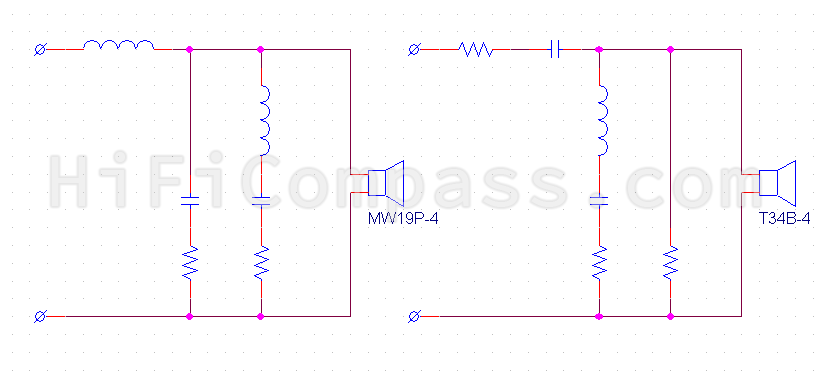
Fig.3 Pharaoh-AMg crossover schematic (version 1)
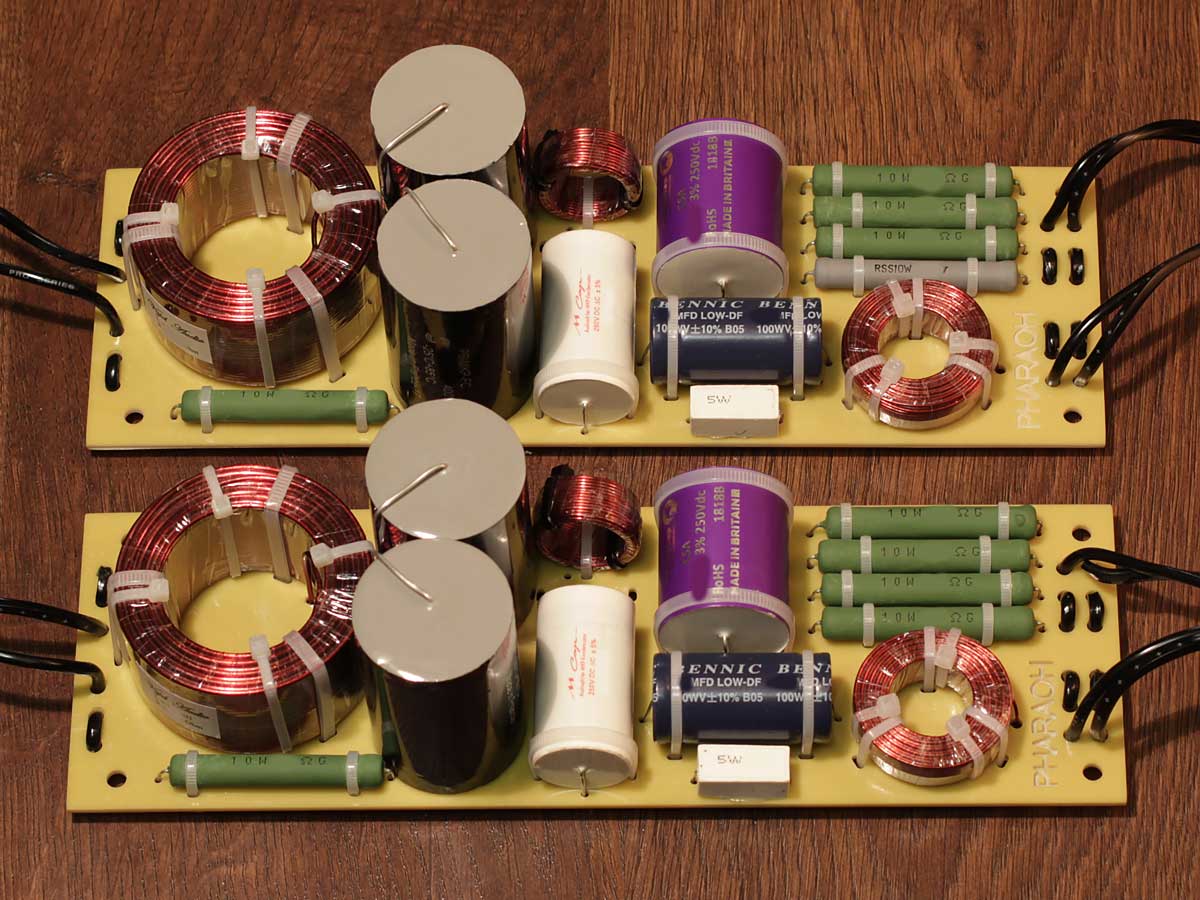
Fig.4 Pharaoh-AMg crossover (version 1)
Figure 5 and 6 - the final magnitude frequency response, impedance module and phase responses. We draw attention to the fact that we decided do not "sew" a low-frequency response, measured in the near field or taken from a simulator, but published the actual measured one. Due to a loudspeaker and a measuring microphone location in the middle part of a room during measurements, at maximum distance from the walls, floor and ceiling (the loudspeaker is elevated to a height of about 1.5 meters off the floor), as well as due the cumulative effect of standing waves in the room, the low frequency response is start falling much more earlier than it is in real life listening conditions.
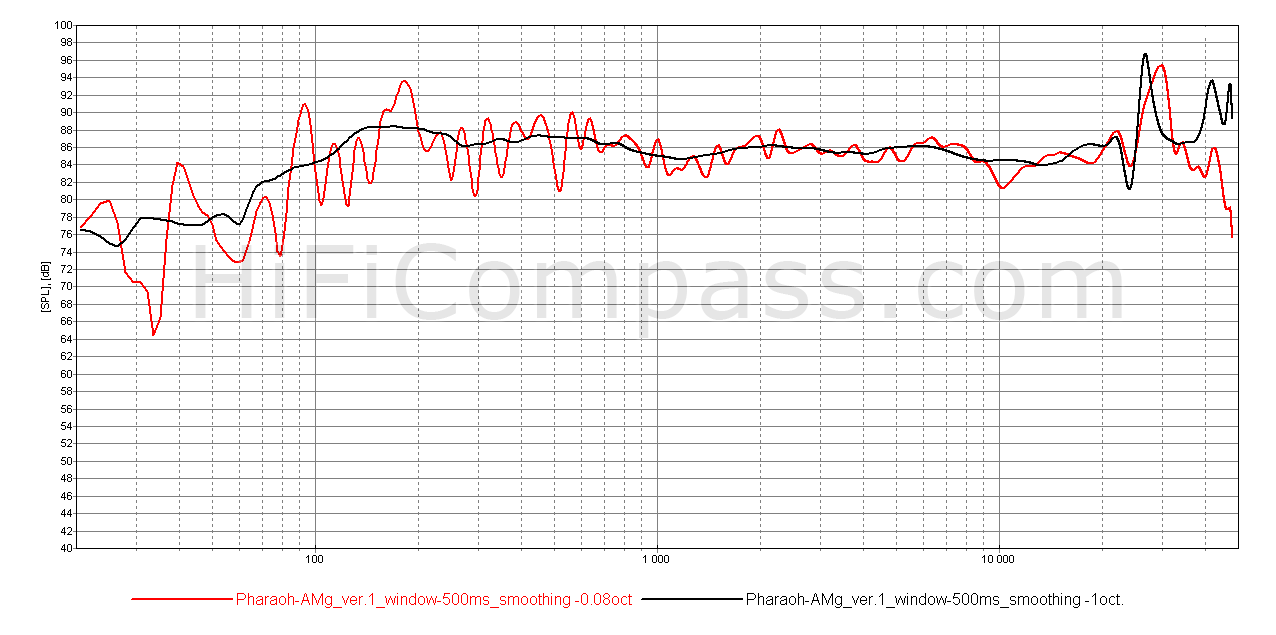
Fig.5 Pharaoh-AMg (version 1) magnitude frequency response at 1 meter/2.83 Volt
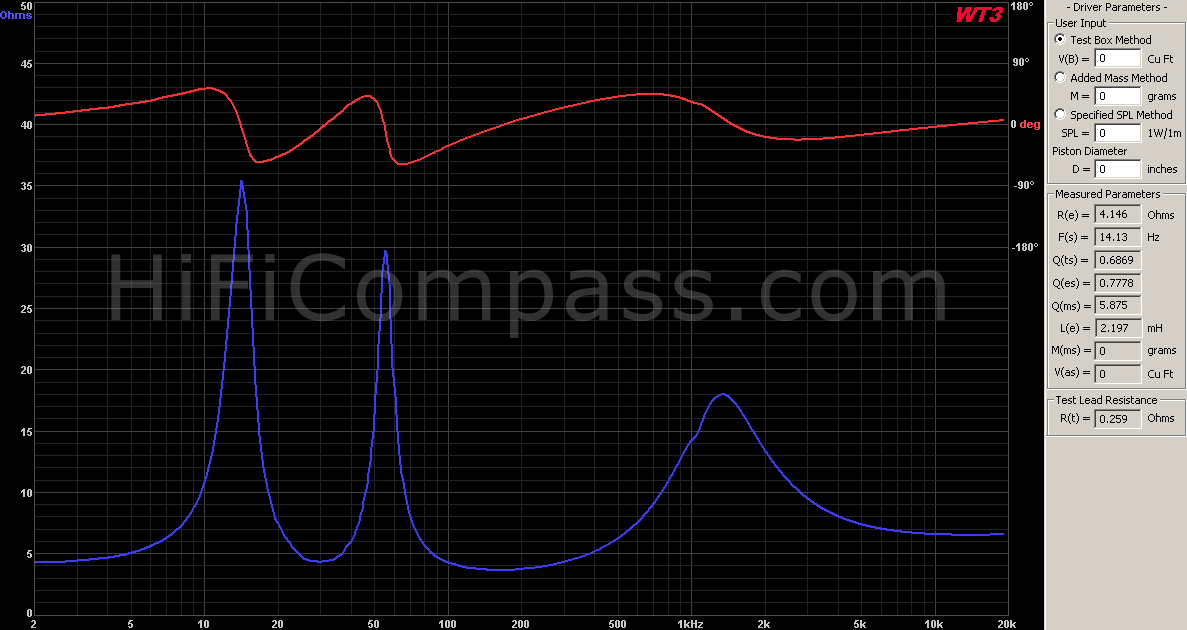
Fig.6 Impedance module and phase frequency responses of Pharaoh-AMg (version 1)
Pharaoh-AMg_ver.2
The Pharaoh-AMg_ver.1 crossover version has already provided a necessary and already quite sufficient level of sound quality, to which we aspired, at quite democratic price. But our curiosity, naturally, excited the question - what can an uncompromising version of the crossover be capable of?![]() The answer to this question led to the birth of the second crossover version Pharaoh-AMg_ver.2, the schematic and picture of which are shown on Fig.7 and 8. Fig. 9 and 10 - the final magnitude frequency response, impedance module and phase responses (on Fig.10 the green curves are for the case when a LF impedance corrector circuit is off, the purple ones - when the corrector is on).
The answer to this question led to the birth of the second crossover version Pharaoh-AMg_ver.2, the schematic and picture of which are shown on Fig.7 and 8. Fig. 9 and 10 - the final magnitude frequency response, impedance module and phase responses (on Fig.10 the green curves are for the case when a LF impedance corrector circuit is off, the purple ones - when the corrector is on).
Some rejectors for frequency response linearization were added, air coil with a lower active resistance was used in the LF section and the capacitor in series with a tweeter was replaced by one of higher Mundorf Supreme series. Due to increasing of component quantity and their size the crossover placed on two separate boards for LF and HF sections.
And what...? In general, the second crossover version sounds a little more neutrally and the use of Mundorf Supreme capacitors has provided an even higher level of sound image rendering and better space transfering.
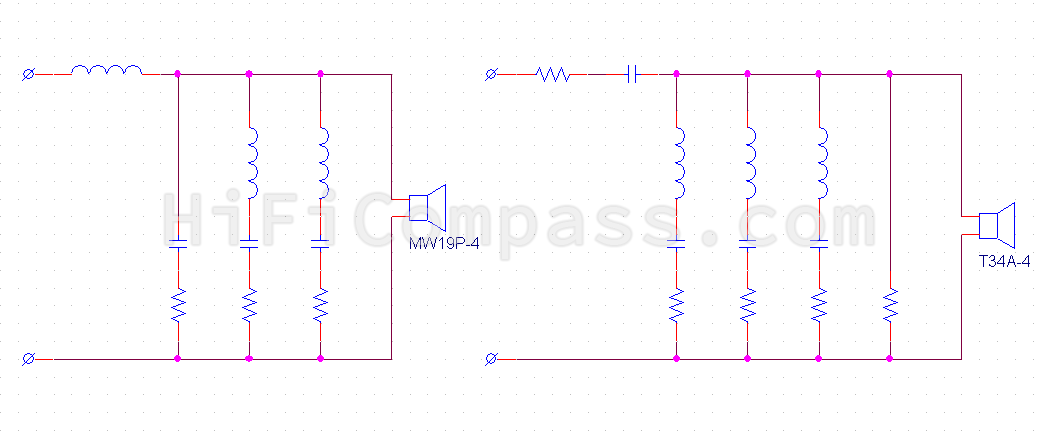
Fig.7 Pharaoh-AMg crossover schematic (version 2)
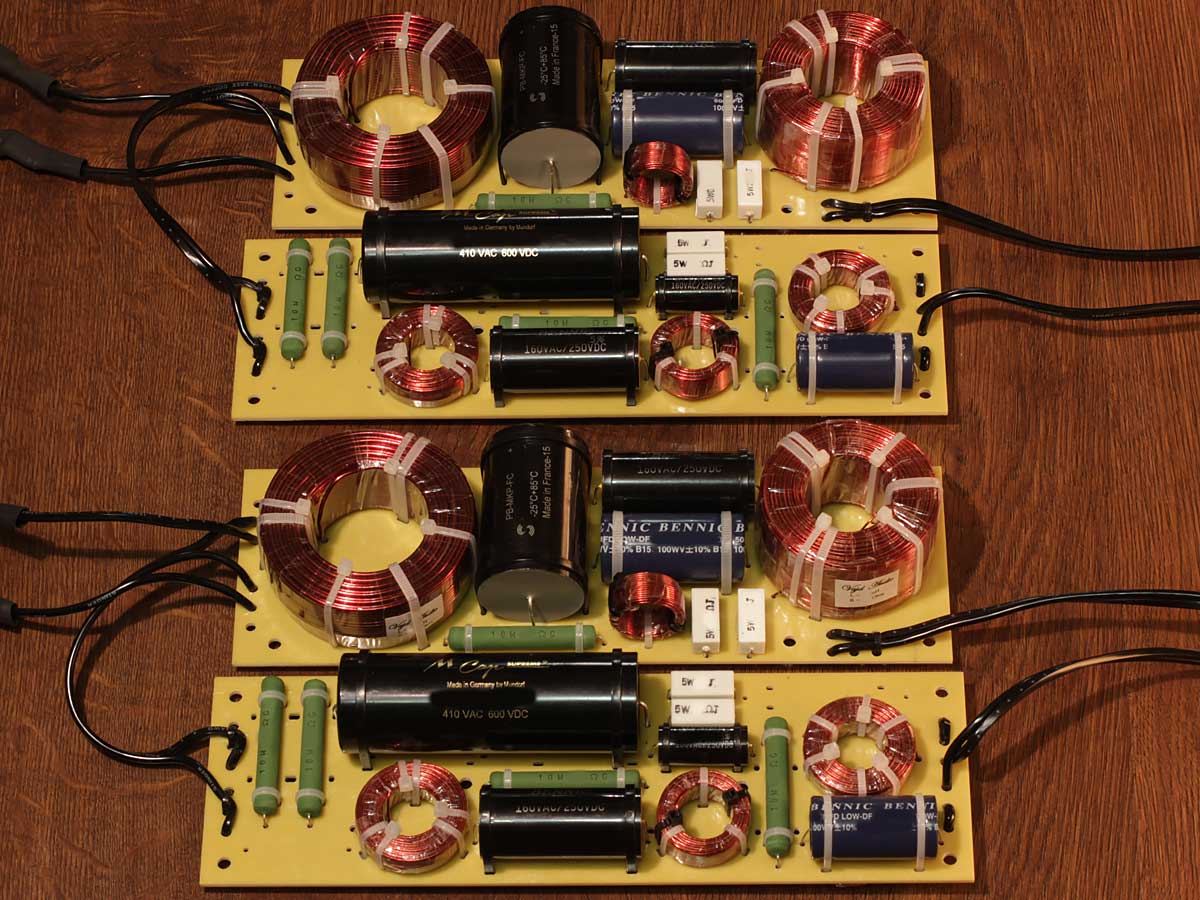 Fig.8 Pharaoh-AMg crossover (version 2)
Fig.8 Pharaoh-AMg crossover (version 2)
Fig.9 Pharaoh-AMg (version 2) magnitude frequency response at 1 m/2.83 Volt
Fig.10 Pharaoh-AMg (version 2) impedance magnitude and phase frequency responses
Pharaoh-AMg technical specifications
- Frequency range – 40 Hz - 24 kHz (-3 dB level)
- Sensitivity – 86 dB/2.83 Volt*1m
- Nominal impedance – 4 Ohm (minimal value is - 3.4 Ohm at 33 Hz)
- Bass reflex design
- Size (HхWхD) – 450mm*360mm*450mm
- Weight - 44 kg/pair
The price and where to purchase
Pharaoh-AMg is being offered at HiFiCompass.com shop in a form of set of components and documentation needed for building of loudspeakers by himself, except the enclosure parts. See more...
p.s. Pyramid like forms, the fibers of Egyptian papyrus and the sound that seizes you from the first minutes… Therefore – Pharaoh!
CONTACTS
- Ukraine
- (+380) 95 904 7827
- hificompass@gmail.com
LAST NEWS
-
27 Mar 2025
-
04 Mar 2025
-
25 Feb 2025
-
10 Feb 2025



















